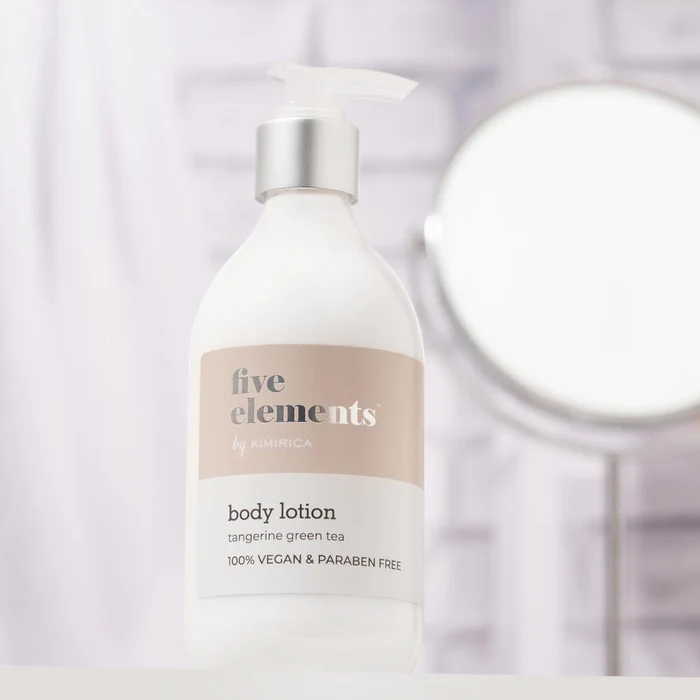Side Effects of Body Fillers in Dubai and How to Manage Them

Strong 8k brings an ultra-HD IPTV experience to your living room and your pocket.
With cosmetic procedures in such high demand, numerous people in Dubai are utilizing body fillers to augment features such as the buttocks, hips, and thighs. The fillers can be life-changing, but you need to be aware of their side effects. This article provides insight into some of the more common body filler side effects and steps to take to manage these effects so you can decide whether this procedure is right for you.
Understanding Body Fillers in Dubai
Body fillers in Dubai are injectable materials, including hyaluronic acid or other biocompatible tissues that are inserted to provide volume and contour to select areas of the body. Body fillers are injected in larger amounts and can last from several months to a few years. Like any process, these fillers include side effects, but usually they are mild and can be smooth in recovery with proper aftercare.
Common Side Effects of Body Fillers in Dubai:
While these are relatively safe, they can sometimes lead to side effects. Here are some common issues that you can expect:
1. Swelling and Bruising:
Swelling, an immediate side effect of injection, is very common and a natural reaction. Bruising also occurs when tiny blood vessels are disrupted.
How to Manage:
- Ice packs: Using ice packs every 15 minutes will help reduce swelling and allow bruises to heal more quickly.
- Avoid blood thinners: Medication such as aspirin and some supplements can increase bruising. Avoid these if possible, before and after the procedure.
2. Pain or Discomfort:
At the injection site, mild to moderate pain may occur. This sensation typically lasts for a short period, fading within a few days as the body adjusts to the filler.
How to Manage:
- Pain Relievers: Over-the-counter pain relievers such as acetaminophen may provide some relief from discomfort. Do not take ibuprofen because it raises the chance of bruises.
- Stay Hydrated: Adequate hydration can minimize the pain and assist the body in recovering faster and smoother.
3. Redness and Itching:
Some people may experience redness and itching at the filler area. Such a reaction is generally due to low inflammation or an immune response to the filler material.
How to Manage:
- Hydrocortisone Cream: You can apply a small amount of cream to relieve itching. Consult your practitioner before using.
- Gentle Skincare: For a few days, avoid applying any harsh products on your filler area, which can exacerbate irritation.
4. Lumps and Bumps:
Uneven distribution of filler may also result in lumps in some cases. This leads to a lumpy or uneven appearance, especially if you don't massage out the filler properly.
How to Manage:
- Massage: Gently massaging the area as told by your practitioner can help smooth out any irregularities. Does not over-massage, as this can disrupt the filler placement.
- Follow-up: If lumps are still there, schedule a follow-up with your doctor. If needed, your doctor can use dissolving agents to help balance out the area.
5. Allergic Reactions:
Although uncommon, allergic reactions do occur. It can cause intense swelling, hives, and, in extreme cases, breathing problems.
How to Manage:
- Consult with your doctor: Allergic reactions need immediate care. If you experience any strange symptoms, contact your healthcare provider immediately and get proper treatment.
- Allergy Testing: Before undergoing the treatment, consult with your provider about your allergies to avoid possible reactions.
6. Infection:
In some cases, infection at the injection site may also occur, causing redness, pus, and pain, which happens rarely.
How to Manage:
- Antibiotics: If there is an infection, antibiotics might be prescribed.
- Hygiene: Maintain cleanliness and refrain from unnecessary touching. Follow the aftercare instructions to minimize the chance of acquiring an infection.
Less Common but Serious Complications:
Besides the frequent side effects, the fillers can sometimes cause serious complications, though they are rare. Awareness of these risks enables a prompt reaction in case they occur.
1. Vascular Compromise:
If the filler blocks a blood vessel, vascular complications occur, resulting in skin discoloration, pain, or tissue injury. This is a medical emergency, and you should not ignore it.
How to Manage:
- Prompt Medical Attention: Vascular compromise should be treated immediately. Practitioners often use hyaluronidase injections (for hyaluronic acid fillers) to dissolve the filler and restore blood flow.
- Experienced Injector: To lower this risk, choose an injector that has a high experience level. Choose a practitioner who is well-experienced in body fillers.
2. Migration of Filler:
In rare circumstances, filler may shift away from its original injection site and become lumpy or asymmetric.
How to Manage:
- Massage and Correction: In some minor cases, a gentle massage may displace the filler at its proper position. In extreme cases, patients should undergo corrective treatment like dissolving the filler.
- Follow Up: Follow-up appointments help ensure you stay aware of any potential signs of migration that may arise.
Essential Aftercare Tips for Optimal Results:
Proper aftercare is the key to managing side effects. Here are some general tips you need to follow to maximize recovery and outcomes:
- Avoid Strenuous Activity: Refrain from vigorous exercise for a minimum of 48 hours after the procedure, as this may further result in swelling.
- Avoid Sun Exposure: Direct exposure to the sun can exacerbate bruising and inflammation. Apply sunscreen or avoid sun exposure on the treated area for a few days.
- Stay hydrated: Drinking enough water will aid in healing and maintain hydration both internally and externally and can enhance the longevity of the filler.
When to Seek Medical Help
However, while the majority of side effects are mild, it is better to be aware of when to seek further help. Contact your doctor immediately if you experience any of the following:
- Prolonged or severe pain
- Signs of infection include fever, discharge, and severe redness.
- Persistent lumps or bumps
- Severe allergic reactions (swelling, hives, or trouble breathing)
This way, minor issues can be addressed before they turn into serious complications, making your experience with these fillers even safer.
Conclusion
Body fillers in Dubai are an excellent way to improve your appearance, but they have side effects like any other beauty process. Choose a best aesthetic clinic in Dubai like Ecla Clinic, adhere to aftercare protocols, and familiarize yourself with potential reactions, and you can enjoy the benefits of this treatment while minimizing the risks. Most side effects are relatively manageable and short-lived, but knowing when to consult your doctor will make for a smoother and safer experience for you all around.
Note: IndiBlogHub features both user-submitted and editorial content. We do not verify third-party contributions. Read our Disclaimer and Privacy Policyfor details.








